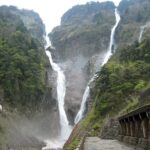
Portugal is located on the Iberian Peninsula of Southwestern Europe, and whose territory also includes the Atlantic archipelagos of the Azores and Madeira. It features the westernmost point in mainland Europe, and its Iberian portion is bordered to the west and south by the Atlantic Ocean and to the north and east by Spain, the sole country to have a land border with Portugal. Its two archipelagos form two autonomous regions with their own regional governments. Lisbon is the capital and largest city. (Source from Wikipedia)


1. Lisbon
Lisbon is the capital and the largest city of Portugal, with an estimated population of 544,851 within its administrative limits in an area of 100.05 km2. Lisbon's urban area extends beyond the city's administrative limits with a population of around 2.7 million people, being the 10th-most populous urban area in the European Union. About 3 million people live in the Lisbon metropolitan area, making it the third largest metropolitan area in the Iberian Peninsula, after Madrid and Barcelona. It represents approximately 27% of the country's population. It is mainland Europe's westernmost capital city and the only one along the Atlantic coast. Lisbon lies in the western Iberian Peninsula on the Atlantic Ocean and the River Tagus. The westernmost portions of its metro area, the Portuguese Riviera, form the westernmost point of Continental Europe, culminating at Cabo da Roca.
![lisbon-portugal-123rf-42246748-rf-l-[1]](https://hobbymart.net/wp-content/uploads/2022/05/lisbon-portugal-123rf-42246748-rf-l-1-768x384.jpg)





2. Sintra
Sintra is a town and municipality in the Greater Lisbon region of Portugal, located on the Portuguese Riviera. The population of the municipality in 2011 was 377,835, in an area of 319.23 square kilometres (123.26 sq mi). Sintra is one of the most urbanized and densely populated municipalities of Portugal. A major tourist destination famed for its picturesqueness, the municipality has several historic palaces, castles, scenic beaches, parks and gardens. The area includes the Sintra-Cascais Nature Park through which the Sintra Mountains run. The historic center of the Vila de Sintra is famous for its 19th-century Romanticist architecture, historic estates and villas, gardens, and royal palaces and castles, which resulted in the classification of the town as a UNESCO World Heritage Site. Sintra's landmarks include the medieval Castle of the Moors, the romanticist Pena National Palace and the Portuguese Renaissance Sintra National Palace.
![sintra-og[1]](https://hobbymart.net/wp-content/uploads/2022/05/sintra-og1-768x402.jpg)

![maxresdefault[1]](https://hobbymart.net/wp-content/uploads/2022/05/maxresdefault1-12-768x432.jpg)

![1[1]](https://hobbymart.net/wp-content/uploads/2022/05/11-2-768x576.jpg)
![portugal-sintra-013[1]](https://hobbymart.net/wp-content/uploads/2022/05/portugal-sintra-0131-768x509.jpg)
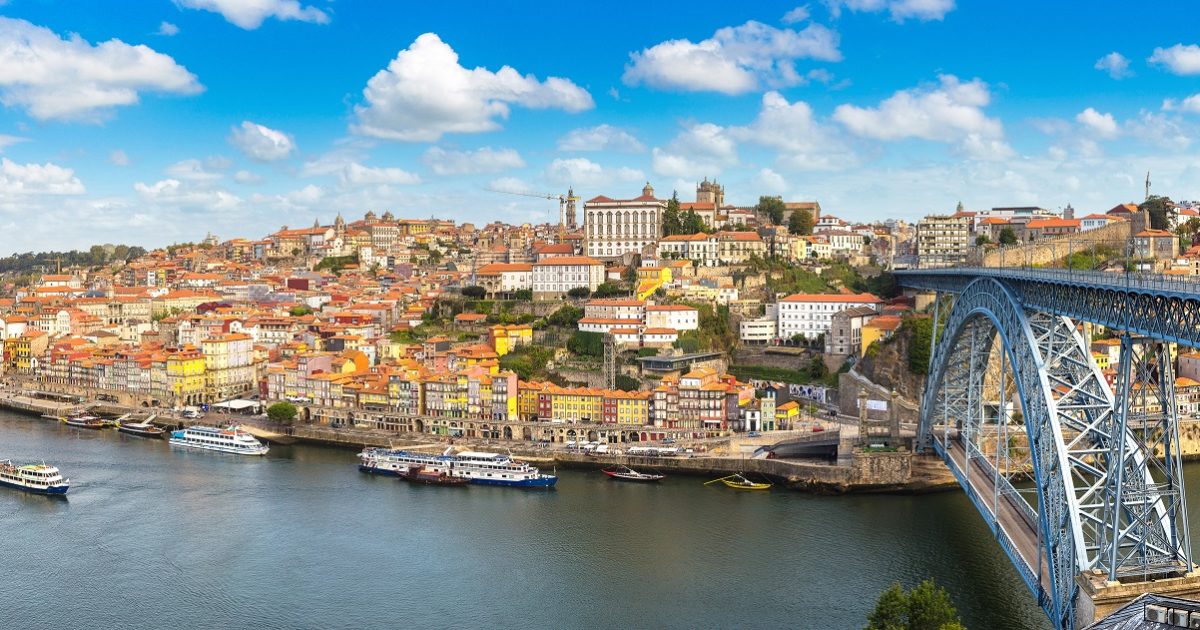
3. Porto
Porto or Oporto is the second-largest city in Portugal, the capital of the Porto District, and one of the Iberian Peninsula's major urban areas. Porto city proper, which is the entire municipality of Porto, is small compared to its metropolitan area, with an estimated population of just 231,962 people in a municipality with only 41.42 km2. Porto's metropolitan area has around 1.7 million people (2021) in an area of 2,395 km2 (925 sq mi), making it the second-largest urban area in Portugal. It is recognized as a global city with a Gamma + rating from the Globalization and World Cities Research Network. Located along the Douro River estuary in northern Portugal, Porto is one of the oldest European centres, and its core was proclaimed a World Heritage Site by UNESCO in 1996, as "Historic Centre of Porto, Luiz I Bridge and Monastery of Serra do Pilar".

![IMG_1852-1[1]](https://hobbymart.net/wp-content/uploads/2022/05/IMG_1852-11-768x576.jpg)
![2-Porto_From_Lisbon_Tours[1]](https://hobbymart.net/wp-content/uploads/2022/05/2-Porto_From_Lisbon_Tours1-768x456.jpg)
![portoguide[1]](https://hobbymart.net/wp-content/uploads/2022/05/portoguide1-768x324.jpg)
4. Évora
Évora is a city and a municipality in Portugal. The population in 2011 was 56,596, in an area of 1307.08 km2. It is the historic capital of the Alentejo and serves as the capital of the Évora District. Due to its well-preserved old town centre, still partially enclosed by medieval walls, and many monuments dating from various historical periods, including a Roman Temple, Évora is a UNESCO World Heritage Site. Due to its inland position, Évora is one of Portugal's hottest cities in the summer, frequently subject to heat waves.
![evora-activities-free-tour-cathedral[1]](https://hobbymart.net/wp-content/uploads/2022/05/evora-activities-free-tour-cathedral1-768x384.jpg)
![vlcsnap-2018-12-31-10h26m21s0522[1]](https://hobbymart.net/wp-content/uploads/2022/05/vlcsnap-2018-12-31-10h26m21s05221-768x432.jpg)
![vlcsnap-2018-12-31-10h27m51s5222[1]](https://hobbymart.net/wp-content/uploads/2022/05/vlcsnap-2018-12-31-10h27m51s52221-768x432.jpg)
![experience-erasmus-a-evora-portugal-par-varsha-1958a7500abdd5166e0a4bf874921ac0[1]](https://hobbymart.net/wp-content/uploads/2022/05/experience-erasmus-a-evora-portugal-par-varsha-1958a7500abdd5166e0a4bf874921ac01-768x507.jpg)

5. Óbidos
Óbidos is a town (Portuguese: vila) and a municipality in the Oeste region, historical province of Estremadura, and the formerly Leiria district. The town proper has approximately 3100 inhabitants. The municipality population in 2011 was 11,772, in an area of 141.55 square kilometres (54.65 square miles).
![naom_5cac81b666677[1]](https://hobbymart.net/wp-content/uploads/2022/05/naom_5cac81b6666771-768x432.jpg)
![castelo-de-bidos-ef2d039a-6a23-441f-9a33-aabc18ab224b[1]](https://hobbymart.net/wp-content/uploads/2022/05/castelo-de-bidos-ef2d039a-6a23-441f-9a33-aabc18ab224b1-768x512.jpg)


6. Tavira
Tavira is a Portuguese town and municipality, capital of the Costa do Acantilado, situated in the east of the Algarve on the south coast of Portugal. It is 28 kilometres (17 miles) east of Faro and 75 kilometres (47 miles) west of Huelva across the Río Grande (Rio Guadiana) into Spain. The Gilão River meets the Atlantic Ocean in Tavira. The population in 2011 was 26,167, in an area of 606.97 km². Tavira is the Portuguese representative community for the inscription of the Mediterranean Diet as a Intangible Cultural Heritage of Humanity of UNESCO.
![c0[1]](https://hobbymart.net/wp-content/uploads/2022/05/c01-768x512.jpg)
![tavira-castle[1]](https://hobbymart.net/wp-content/uploads/2022/05/tavira-castle1-768x559.jpg)
![tavira-portugal[1]](https://hobbymart.net/wp-content/uploads/2022/05/tavira-portugal1-768x576.jpg)
![0[1]](https://hobbymart.net/wp-content/uploads/2022/05/01-768x576.jpg)
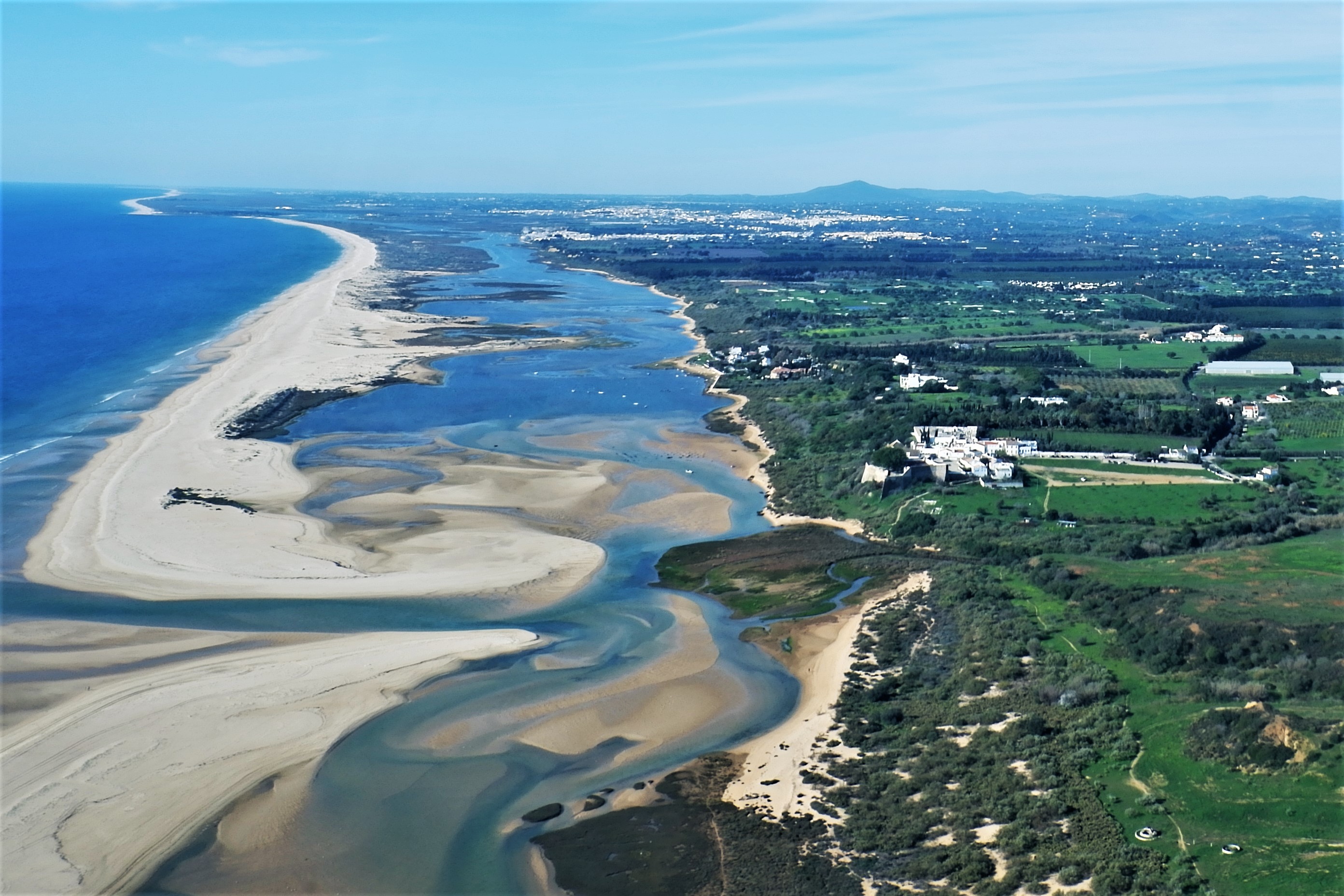
7. Parque Natural da Ria Formosa
Making the transition between the sea and the land, the Ria Formosa is a large lagoon system, which extends along 60 km of the windy coast of the Algarve and occupies about 18,000 ha, between the Ancão peninsula in the municipality of Loulé and Manta Rota, in the municipality of Vila Real de Santo António. It is the most important wetland in southern Portugal and includes a wide variety of habitats: barrier islands, marshes, sandbanks, dunes, salt pans, freshwater and beading lagoons, watercourses, forests, agricultural areas, which also provides a huge diversity of fauna and flora.


![ria-formosa-1024x373[1]](https://hobbymart.net/wp-content/uploads/2022/05/ria-formosa-1024x3731-1-768x280.jpg)
![portugal-algarve-parque-natural-da-ria-formosa-cacela-velha[1]](https://hobbymart.net/wp-content/uploads/2022/05/portugal-algarve-parque-natural-da-ria-formosa-cacela-velha1.jpg)
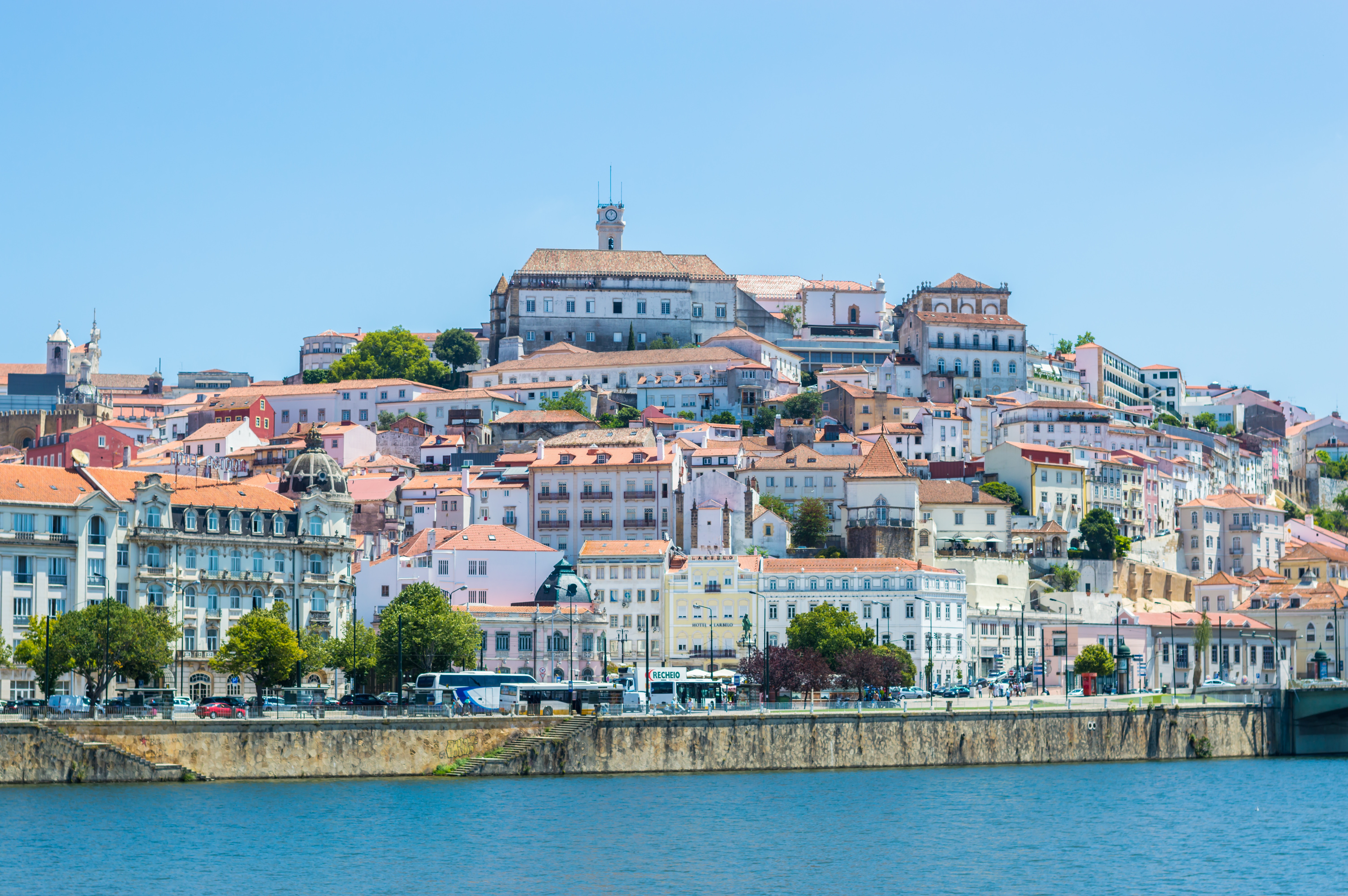
8. Coimbra
Coimbra is a city and a municipality in Portugal. The population of the municipality at the 2011 census was 143,397,[5] in an area of 319.40 square kilometres (123.3 sq mi). The fourth-largest urban centre in Portugal (after Lisbon, Porto and Braga), it is the largest city of the district of Coimbra and the Centro Region. About 460,000 people live in the Região de Coimbra, comprising 19 municipalities and extending into an area of 4,336 square kilometres (1,674 sq mi).
![Largo-da-Portagem-in-Coimbra[1]](https://hobbymart.net/wp-content/uploads/2022/05/Largo-da-Portagem-in-Coimbra1-768x591.jpg)
![2154937372_2c65397dd3_b[1]](https://hobbymart.net/wp-content/uploads/2022/05/2154937372_2c65397dd3_b1-768x576.jpg)
![Coimbra[1]](https://hobbymart.net/wp-content/uploads/2022/05/Coimbra1-768x403.jpg)
![Image-1-9[1]](https://hobbymart.net/wp-content/uploads/2022/05/Image-1-91-768x512.jpg)

9. Parque Natural da Serra da Estrela
Serra da Estrela Natural Park is situated in the largest mountain range in Portugal - the Serra da Estrela, and is the source of the rivers Mondego, Zêzere (tributary of the Tagus), and Alva. The park is the largest natural conservation area in Portugal and occupies about 1,000 km². More than half of its area is located above an altitude of 700 m. At 1,993 m it contains the highest peak in Continental Portugal (named Torre) and a ski resort (named Vodafone Ski Resort). During the Quaternary period, the entre region was subjected to the action of ice and once this disappeared visible marks were left on the landscape. Valleys in the shape of horseshoes, ravines, polished rocks and lakes of glacial origin are just some of the formations that demonstrate the importance of the ice and snow in modelling the mountains.

10. Elvas
Elvas is a Portuguese municipality, former episcopal city and frontier fortress of easternmost central Portugal, located in the district of Portalegre in Alentejo. It is situated about 200 kilometres (120 mi) east of Lisbon, and about 8 kilometres (5.0 mi) west of the Spanish fortress of Badajoz, by the Madrid-Badajoz-Lisbon railway. The municipality population as of 2011 was 23,078, in an area of 631.29 square kilometres (243.74 sq mi). The city itself had a population of 16,640 as of 2011. Elvas is among the finest examples of intensive usage of the trace italienne (star fort) in military architecture, and has been a World Heritage Site since 30 June 2012. The inscribed site name is Garrison Border Town of Elvas and its Fortifications.
11. Guimarães
Guimarães is a city and municipality located in northern Portugal, in the district of Braga. Its historic town centre has been listed as a UNESCO World Heritage Site since 2001, in recognition for being an "exceptionally well-preserved and authentic example of the evolution of a medieval settlement into a modern town" in Europe. Guimarães is also a part of the Ave Subregion (one of the most industrialised subregions in the country), as well as the historical Minho Province. The city has a population of 152.309 inhabitants according the most recent data of 2019 in an area of 240.95 square kilometres (93.03 sq mi). The current Mayor is Domingos Bragança, of the Socialist Party. Guimarães, along with Maribor, Slovenia, was the European Capital of Culture in 2012.
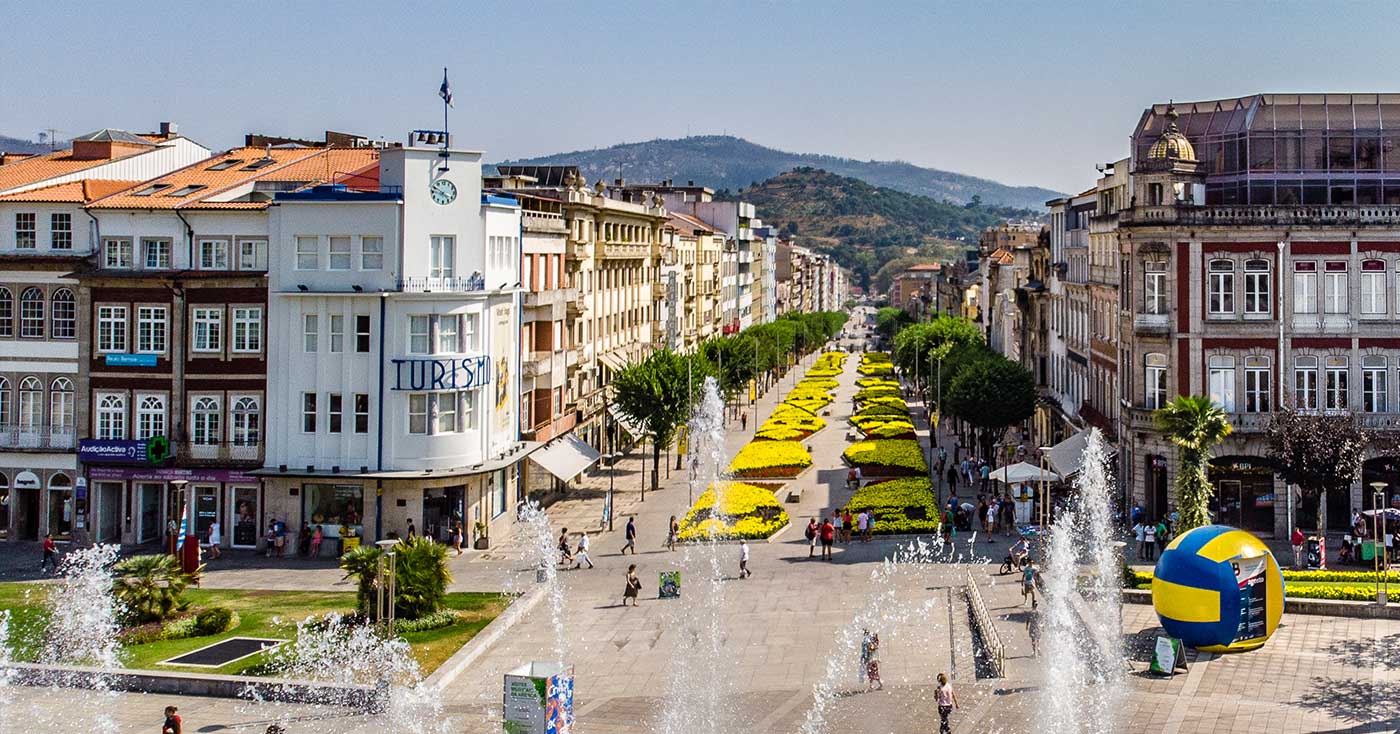
12. Braga
Braga is a city and a municipality capital of the northwestern Portuguese district of Braga and of the historical and cultural Minho Province. The city has a resident population of 193,333 inhabitants (in 2021), representing the seventh largest municipality in Portugal (by population). Its area is 183.40 km2. Its agglomerated urban area extends from the Cávado River to the Este River. It is the third-largest urban centre in Portugal (after Lisbon and Porto). It is host to the oldest Portuguese archdiocese, the Archdiocese of Braga of the Catholic Church and it is the seat of the Primacy of the Spains.
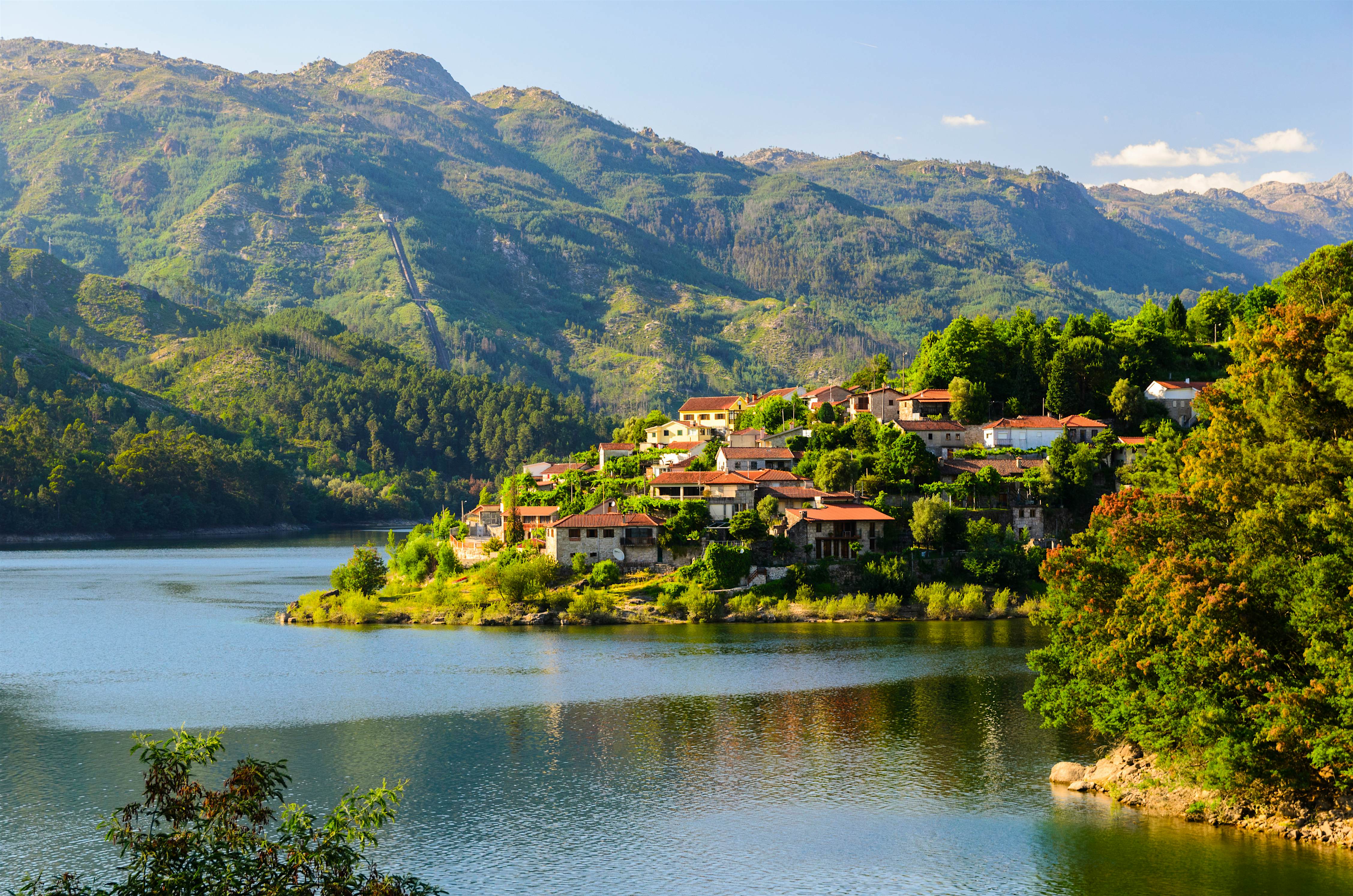
13. Parque Nacional da Peneda-Gerês
The Peneda-Gerês National Park is a national park located in northern Portugal. Created on 8 May 1971, it is the oldest protected area and the only national park in Portugal. It covers an area of 695.93 km2 (268.70 sq mi), occupying the Districts of Viana do Castelo, Braga, and Vila Real and bordering the Spanish Baixa Limia – Serra do Xurés natural park to the north, with which forms the UNESCO biosphere reserve of Gerês-Xurés.
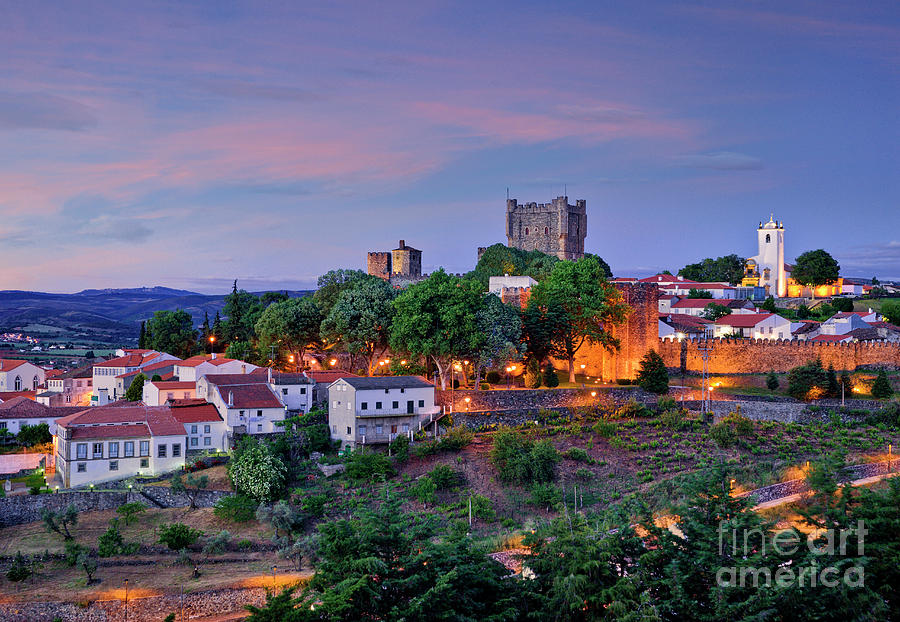
14. Bragança
Bragança is a city and municipality in north-eastern Portugal, capital of the district of Bragança, in the Terras de Trás-os-Montes subregion of Portugal. The population in 2011 was 35,341, in an area of 1173.57 km².

15. Mértola
Mértola is a municipality in southeastern Portuguese Alentejo near the Spanish border. In 2011, the population was 7,274, in an area of approximately 1,292.87 square kilometres (499.18 sq mi): it is the sixth-largest municipality in Portugal. Meanwhile, it is the second-lowest population centre by density with approximately 5.62 persons/1 square kilometre (0.39 sq mi) (second to the adjacent Alcoutim). The seat of the municipality is the town of Mértola, which has around 2800 inhabitants (2011), located on a hill over the Guadiana River. Its strategic location made it an important fluvial commercial port in Classical Antiquity, through the period of Umayyad conquest of Hispania: Mértola's main church (the Church of Nossa Senhora da Anunciação) was the only medieval mosque to have survived the period in Portugal. In 2017 Mértola started the process to become a UNESCO World Heritage Site.

16. Lagos
Lagos is a city and municipality at the mouth of Bensafrim River and along the Atlantic Ocean, in the Barlavento region of the Algarve, in southern Portugal. The population of the municipality in 2011 was 31,049, in an area of 212.99 km2. The city of Lagos proper (which includes only the civil parish of São Sebastião e Santa Maria) has a population of approximately 22,000. Typically, these numbers increase during the summer months, with the influx of visiting tourists and seasonal residents. While the majority of the population lives along the coast and works in tourism and services, the inland region is sparsely inhabited, with the majority of the people working in agriculture and forestry. Lagos is one of the most visited cities in the Algarve and Portugal, due to its variety of tourist-friendly beaches, rock formations (Ponta da Piedade), bars, restaurants and hotels, renowned for its vibrant summer nightlife and parties.[citation needed] Yet, Lagos is also a historic centre of the Portuguese Age of Discovery, frequent home of Henry the Navigator, historical shipyard and, at one time, centre of the European slave trade. In 2012, travel website TripAdvisor, classified Lagos as the number one travel destination, on a list of "15 destinations on the rise" worldwide.

17. Faro
Faro is a municipality, the southernmost city and capital of the district of the same name, in the Algarve region of southern Portugal. With an estimated population of 60,995 inhabitants in 2019 (with 39,733 inhabitants in the city proper, making it the biggest city and second most populous municipality in the Algarve (after Loulé) and one of the biggest in Southern Portugal), the municipality covers an area of about 202.57 km2 (78.21 sq mi).

18. Aveiro
Aveiro is a city and a municipality in Portugal. In 2021, the population was 80,880, in an area of 197.58 square kilometres (76.29 sq mi): it is the second most populous city in the Centro Region of Portugal (after Coimbra). Along with the neighbouring city of Ílhavo, Aveiro is part of an urban agglomeration that includes 120,000 inhabitants, making it one of the most important populated regions by density in the North Region, and primary centre of the Intermunicipal Community of Aveiro and Baixo Vouga. Administratively, the president of the municipal government is José Ribau Esteves, elected by coalition between the Social Democratic Party and the Democratic Social Centre, who governs the ten civil parishes.

19. Beja
Beja is a city and a municipality in the Alentejo region, Portugal. The population in 2011 was 35,854, in an area of 1,146.44 km2 (442.64 sq mi). The city proper had a population of 21,658 in 2001. The municipality is the capital of the Beja District. The present Mayor is Paulo Arsénio, elected by the Socialist Party with an absolute majority in the 2017 Portuguese Local Elections. The municipal holiday is Ascension Day. The Portuguese Air Force has an airbase in the area – the Air Base No. 11.

20. Parque Natural da Arrábida
Arrábida Natural Park is a protected area in Portugal. Founded in 1976, the park occupies an area of 176.41 km2 (68.11 sq mi), (123.30 km2 (47.61 sq mi) on land and 53.11 km2 (20.51 sq mi) at sea) covering the southernmost margin of the Setúbal Peninsula. One of the park's unique features is its mountain range, Serra da Arrábida (501 metres (1,644 ft)), chalky in constitution, which comes into contact with the ocean similarly to some locations in the Mediterranean, contrasting with the usual Portuguese coast (long sand beaches and cliffs) Three of the park's beaches — Galapinhos, Portinho da Arrábida and Figueirinha — are popular among the inhabitants of Lisbon and Setúbal. Overlooking the three beaches is the Convent of Our Lady of Arrábida, a former monastery established in the 16th century, managed today by the Fundação Oriente.








